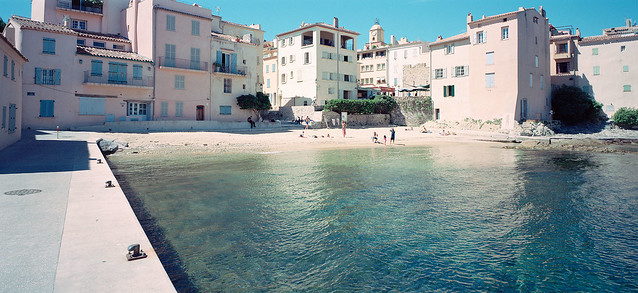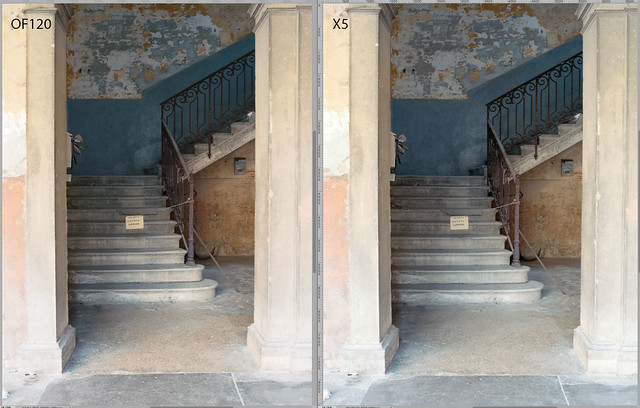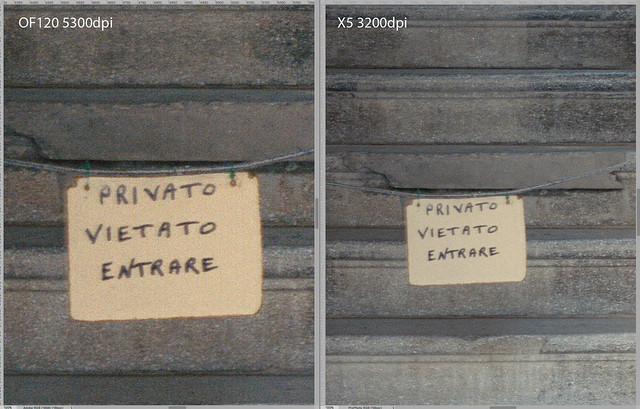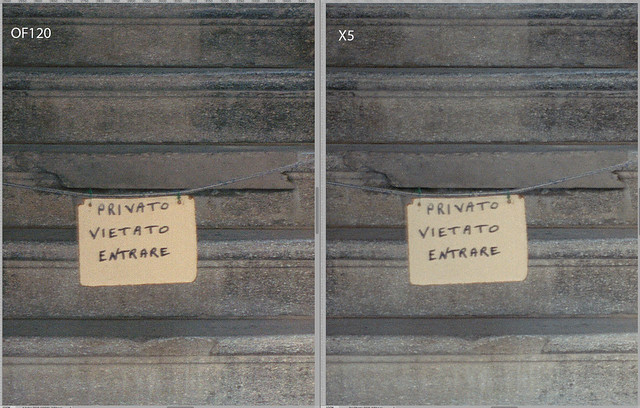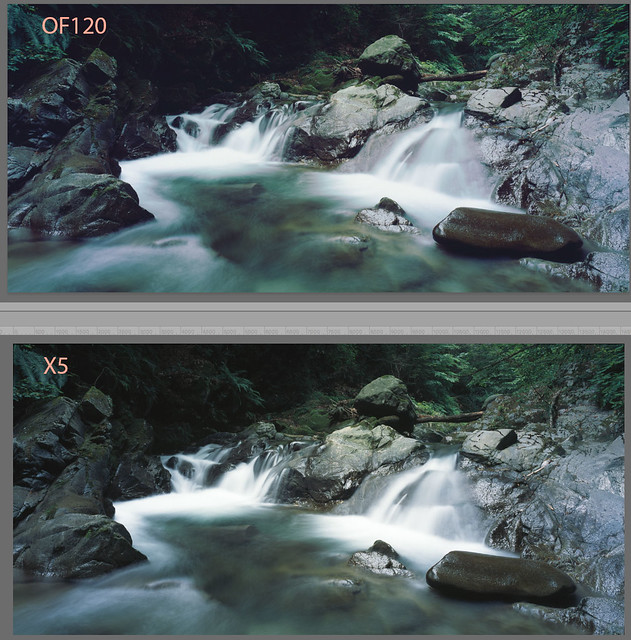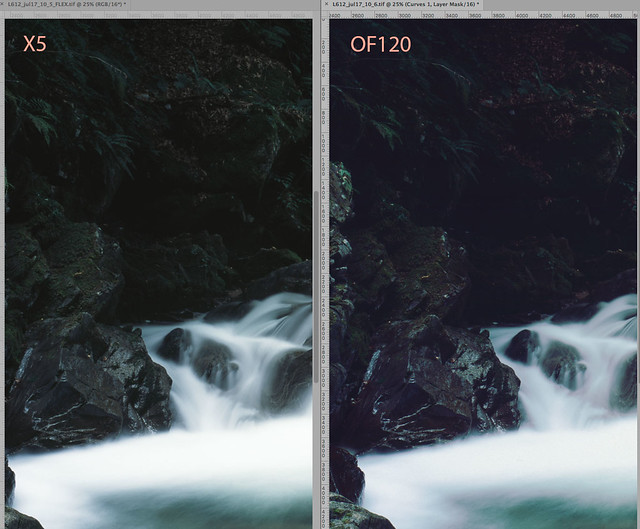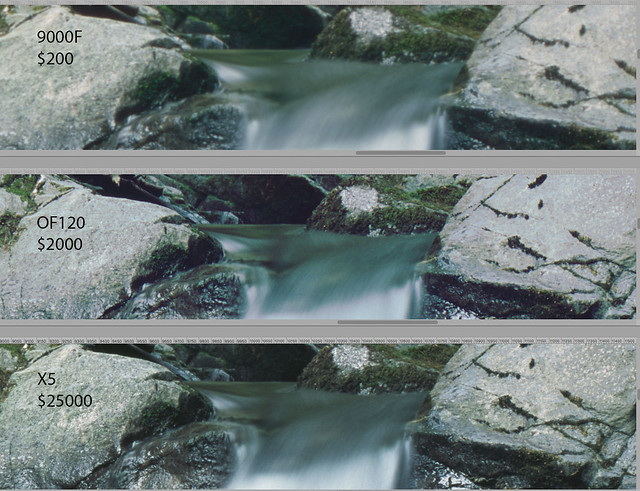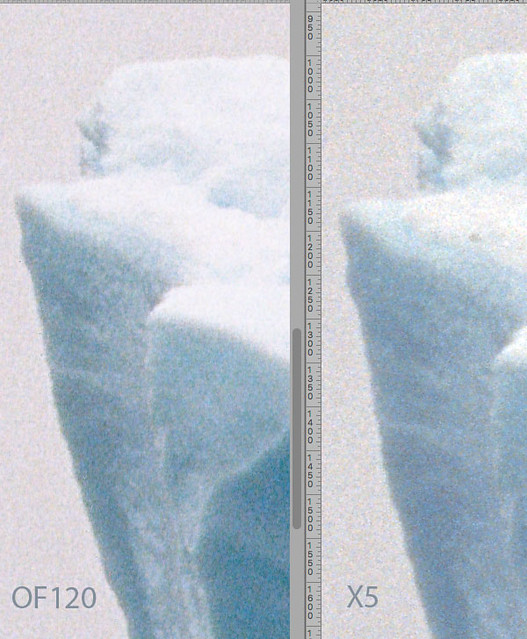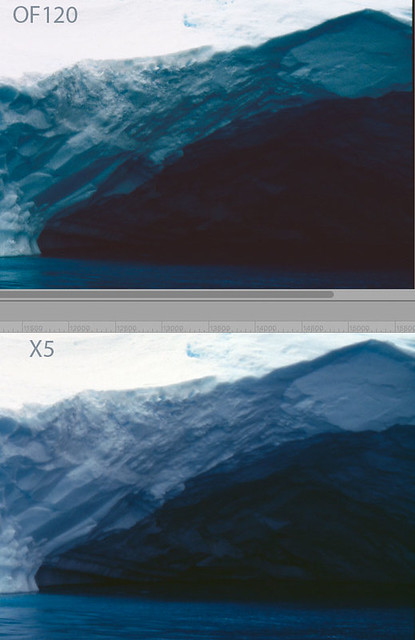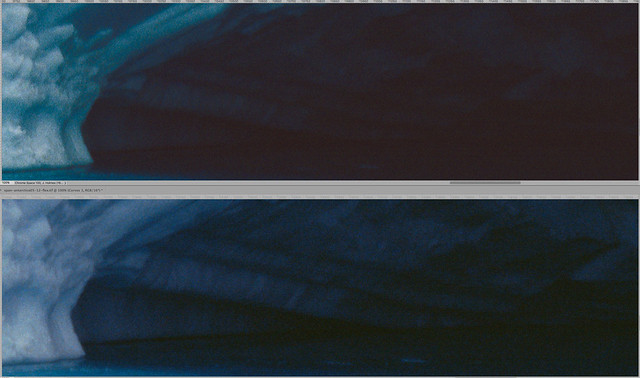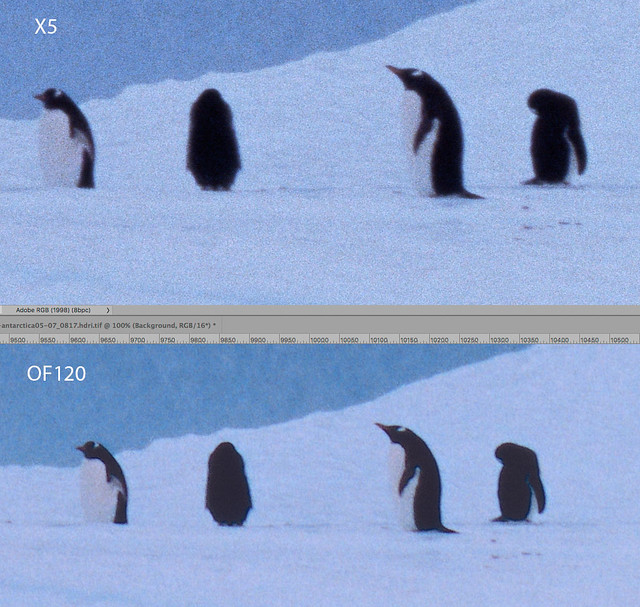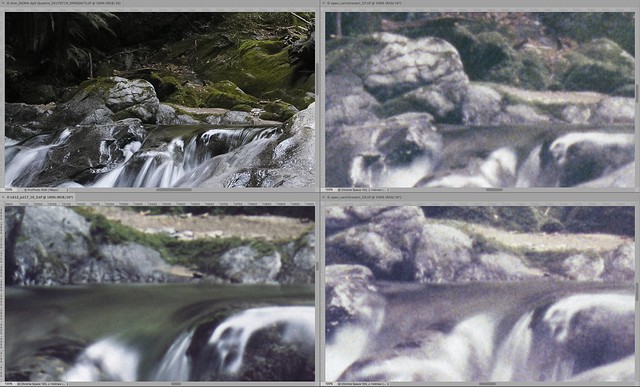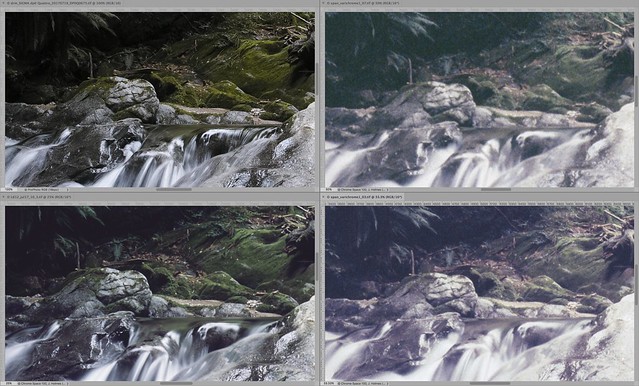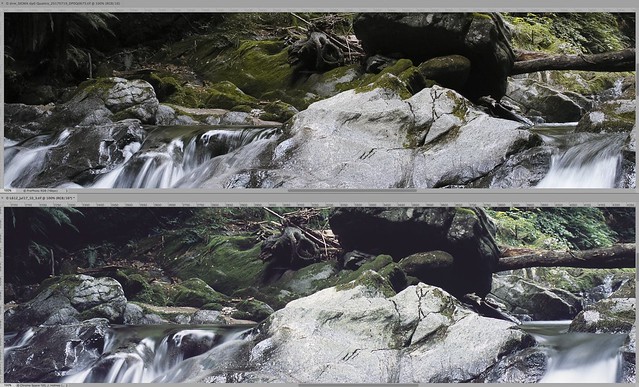Carmencita Film Lab
let someone else do the work
I bought my first film scanner sometime in the late 1990s, a Minolta 35mm device. I upgraded to a higher resolution Microtek sometime later, and When I started using the Hasselblad XPan, I really wanted to be able to scan complete frames, so I eventually bought a Minolta medium format model. I used this until it became unreliable and unsupported by current operating systems, and replaced it with the Plustek Opticfilm 120 which I am using today. I started using Silverfast with the Minolta medium format scanner, so I’ve been using it continuously for well over 10 years. So, all in all, I’ve built up a reasonable level of experience, and possibly even expertise, in film scanning.
Apart from a few instances where I got scans for consumer film labs for quick test purposes, I have never outsourced scanning. One reason is the cost - for example, Procine in Switzerland change CHF 7.50 per frame for 120 format film (I guess this makes shooting 617 more economical…) so for a roll of 6x7 this means CHF 75. Add development and we’re practically a CHF 100, per film - scanned to 18Mb JPG (that’s pretty much $100). This is just nuts. In recent years some rather more realistic pricing has emerged from companies such as Richard Photo Lab in the US, and the quality and range of customer service seems pretty good too. However, I’m a little dubious about sending unexposed film to California. So, when I came across Carmencita Film Lab in Spain offering a similar service, I decided to give them a go. To compare, they charged me €133 including courier delivery for 4 rolls of Portra 400, scanned to (roughly) 120Mb TIFF. It’s still far from cheap, but starting to get reasonable.
Carmencita Film Lab (CFL from now on) offer a range of scanning options. You can choose between Fuji Frontier and Noritsu scanners - I chose the Noritsu, as based on what I’ve read it offers a more neutral rendition with a little less baked-in contrast. I believe most people go with Fuji Frontier for Portra 400, but as long term readers here may have gathered, I’m not “most people”, and if there’s a less popular option, I’ll choose it. CFL also allow you to specify a “look”, but here I had no clue of either what I want or how to describe it (which may be a clue to the underlying reason why I’m not an Award-Winning Photographer). However after this first experiment I may now have a slightly better idea. CFL also recommend that in order to protect the film in transit you pad it with chocolate. I complied with this suggestion.
I accidentally sent my films by economy post, so they took a while to arrive, but once they did, CFL kept me informed of progress, and turnaround was quite fast. A few days later I received a email with a link to download the scans, and a week or so later Fedex delivered the negatives. So, now I can compare CFL scans with my own.
The four films were all shot in Calabria, in Parghelia and Pizzo, late last August. I have already published a selection of the CFL scans as a Photo Diary entry.

In this first screen grab, the CFL version is on the left, and my scan (Plustek 120, Siverfast with Portra 400 Negafix profile) on the right. We can see a fairly significant difference. This can be reduced by adjusting the white balance to be a little cooler, and with a tint shift towards green:

However, the overall colour palette is still quite different. Note the colour of the leftmost door, of the green window frames, and shaded paving stones. These are complex shifts. It is possible to get somewhat closer by playing around with HSL sliders in Lightroom, and certainly in Photoshop, but that isn’t really my intention. Another possibility would be to tune the Portra 400 Negafix profile in Silverfast to a closer match, but that’s getting into rocket science territory.
Another point of comparison is resolution and sharpness. The Plustek scans were done at 5300dpi with no sharpening, and then resampled to 50% in Photoshop. I’m not sure what the nominal resolution of the Noritsu is, but initially it looked a lot better. However, after dialling in some fairly heavy sharpening, the two ended up pretty well matched.

At pixel-peeping levels the Noritsu appears to show a degree of luminosity noise which is not so apparent in the Plustek scans. This may actually be grain exaggerated by heavy sharpening, but in any case, in isn’t obtrusive.
A second example shows a similar behaviour to the first: the CFL scan is considerably warmer, particularly in the shadows. As in the first example, the road and pavement surfaces are much warmer. However, the Silverfast interpretation gives more neutral grays in this area, in fact they are nearly perfectly neutral. Of course, maybe Portra 400 isn’t supposed to be neutral…

Again, it is relatively easy to dial out a large part of the difference with a white balance tweak, but an exact match would be tricky to deliver.

I have to say that I’m pleasantly surprised by the Noritsu scans. They hold up very well against the Plustek/Silverfast combination, which itself comes out quite well against the Hasselblad X5. In fact at a first glance they are better than the Plustek output, but it is clear that the Noritsu process applies some pretty heavy sharpening, which when applied to the Plustek scans evens things out considerably. Nevertheless, from a resolution point of view, I’m not so sure that the extra time required to make my own scans is worthwhile.
The colour is another matter though. Although the CFL scans are very attractive, I’m not entirely sure that they are what I want. Unfortunately, I do not have a grey card shot to compare, or indeed a reference shot on digital. I do have digital shots in Parghelia from the same days, but not really at the same time of day. I can however make some kind of rough comparison based on experience, and that tells me that the Silverfast Portra 400 profile is closer to a neutral white balance digital shot that the Noritsu.
Looking at the following pair, while the Noritsu version (left) is very attractive, my feeling - which is inevitably subjective - is that the Silverfast version on the right is more accurate and closer to what I actually want.

There are two factors at play here: one, the overall colour / white balance, and the second the response curve across the colour spectrum and tonal range. Let’s not forget we’re dealing with actual film here, not emulation, and the differences are due to how two different processes interpret the exposed negative film. There is a kind of “received view” of how Portra 400 is supposed to look, which has emerged over the past 3-4 years, exemplified by Johnny Patience’s published work and writings. CFL’s scans dial right into that look and do an extremely good job of delivering it. However, my reading of this look, which is reinforced by the client work that CFL publish, is that is very much driven by the wedding / portraiture market, where the combination of flattering skin tones and subdued saturation is very appealing. It can work for other genres as well, but it has to be a conscious decision.
I think I will carry on with this experiment, because potentially it is very liberating. Probably I will ask for cooler shadows, although that might apply only to Portra 400, and the next film I am likely to send will be 160NS. CFL TIFFs are delivered as 8-bit sRGB, which I fell is a bit restrictive. I would much prefer 16-bit ProPhoto RGB, or at a push, Adobe RGB. But that may be technically impossible. The fact that the Plustek/Silverfast combination delivers me ProPhoto RGB at 16-bit may actually account for some of the differences, and may indicate that they are more “accurate” - whatever that means when discussion negative film. But certainly what Carmencita Film Lab deliver by default seems to be perfect for their main target market.




